From the killer fish that can live on dry land to the thousand-pound wild pigs with teeth to match, here are nine of the most terrifying invasive species that are threatening American wildlife--and humans.
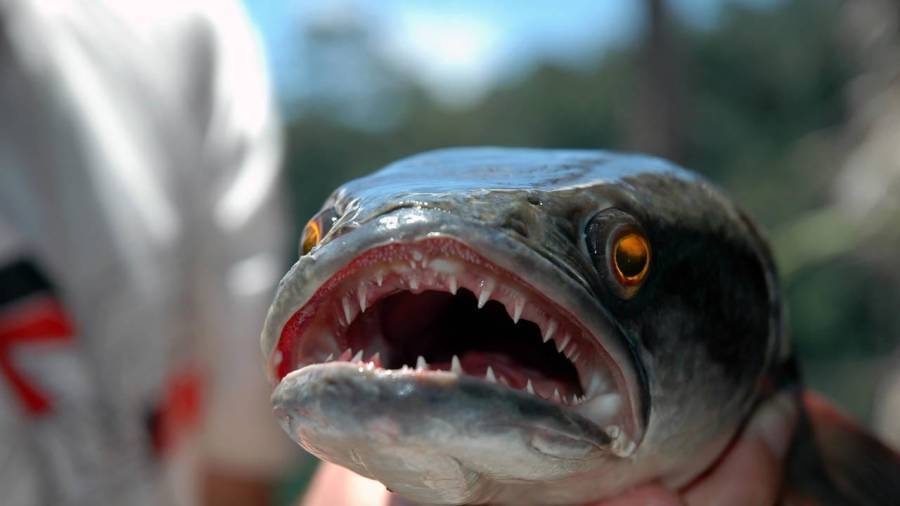
Image Source: National Geographic Channel
As pest-infested ships from distant lands pull into port and uncaring pet owners release their imported animals into the wild, a number of invasive species have made their escape onto American soil. With their hefty appetites, aggressive natures, and will to survive, many of these truly frightening animals are driving our native species nearly to the point of extinction.
Without their natural predators, these invasive species are free to thrive in their newfound environment–and wreak havoc. These are nine of the most alarming invasive species that are putting our habitats, our wildlife, and sometimes even ourselves in danger:
Invasive Species: Snakehead Fish

They are just as aggressive as they look.
These fish look like the stuff of nightmares, and for all we know, they may well be. Their journey from their homeland in Eastern Asia to America is shrouded in mystery and speculation, though the impact of their arrival is plain to see. This aggressive, invasive species of fish is known to eat anything it can sink its sharp teeth into, including any human who steps too close.
The true danger of this animal, however, lies in its ability to wriggle onto dry land and survive there for up to four days. Using a primitive lung, it is able gulp down air while in search of a new water source, where it can lay up to 100,000 eggs.
Constrictor Snakes
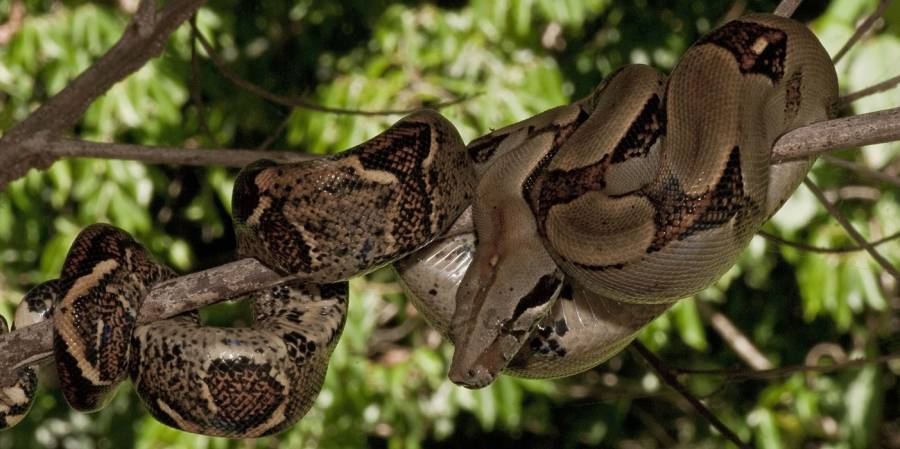
Multiple species of constrictors are present in Florida, the most common being the boa constrictor (above). Image Source: Philip’s Blog
Florida’s Everglades are home to a medley of unique species. The area’s consistent heat provides a fantastic environment for countless reptiles and amphibians, including numerous invasive snake species like Burmese pythons and boa constrictors. Native birds and small mammals have suffered most as a result, though documented cases of attacks against humans do exist.
Thought to be due to a glut of pet snakes being discarded when they grew too big, their population now numbers in the thousands. Some have even grown large enough to kill and eat Florida’s other swamp-based nightmare fuel, alligators. With no predators and stealthy coloring, this invasive species is nearly impossible to wipe out.
European Starling
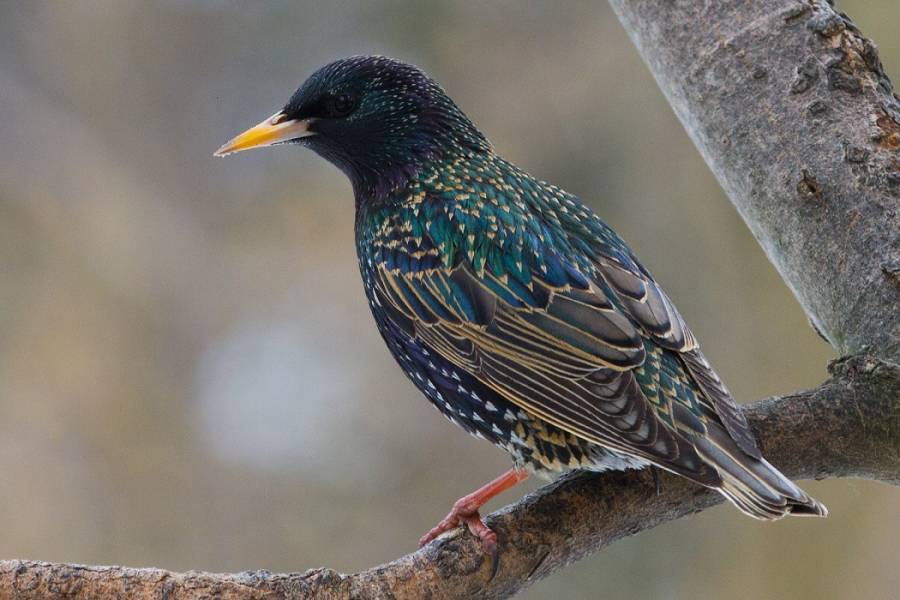
Known to fly in flocks by the millions, these birds are one of the most common invasive species in the United States. Image Source: Chirps and Cheeps.com
These slim, iridescent birds are lovely to look upon, but cause more problems than their innocent appearances let on. In 1890, a literature fan who dreamt of releasing every bird mentioned in Shakespeare’s plays into North America introduced 60 starlings to New York’s Central Park.
Since then, they have caused health issues due to their droppings, which are riddled with disease-causing bacteria. On top of that, this invasive species often turns against native birds, stealing their nesting sites and even going so far as to break their eggs.
Zebra Mussel
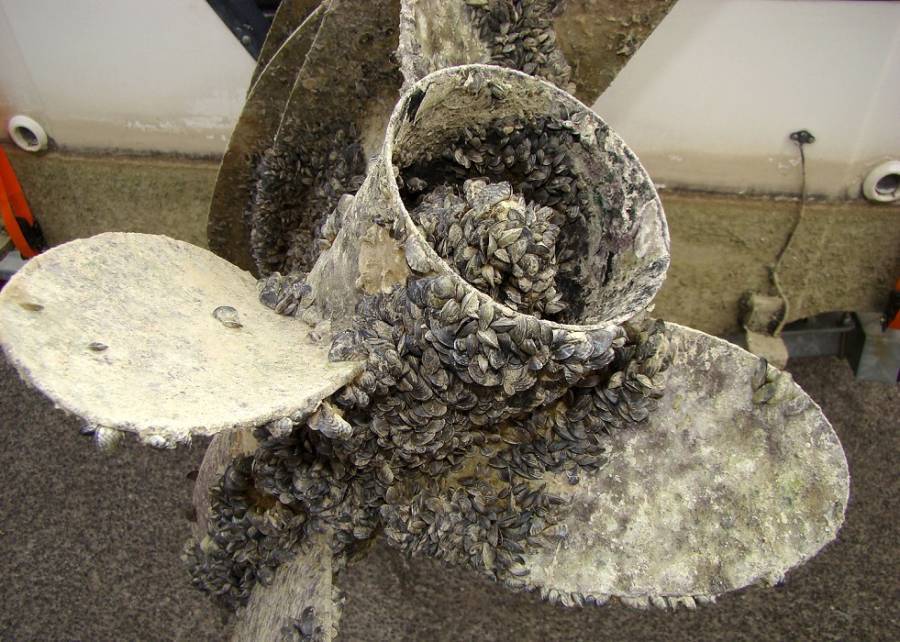
Zebra mussels attach to pipes and boat propellers, costing millions in repairs each year. Image Source: NBC News
These tiny bivalves may not seem like much, but this species of mussel, which originates from European waters, has severely upset the ecosystem of the Great Lakes. Up to four species of mussels native to the lake are being pushed to the point of endangerment due to this foreign intruder.
Furthermore, these filter feeders have turned the lakes’ once murky waters clear as they endlessly consume the plankton many other species of fish rely on. Thus, light is better able to reach the lake bed. Because this area is home to many light-sensitive fish that require the muddy darkness to thrive, it is possible that native fish could undergo extreme stress and see population declines.
Gypsy Moth

Because they have been present in the United States for nearly 100 years, this invasive species’ population has spiraled out of control.
Come summer, gypsy moth nests can be seen woven through treetops across the eastern United States. Each nest’s gauzy webbing holds up to 1,000 eggs, allowing these moths to take over entire forests.
While they’re normally kept in check by predators in their natural habitats within Europe and Asia, they have been out of control since they spread to New England in 1869. This invasive species has an especially voracious appetite for trees, with one colony being able to strip a tree clean.
Stink Bug

Without its natural predator, this parasitic wasp native to China has been able to breed in America unchecked.
Hiding within our homes and any other conceivable crevice, stink bugs have become more than just a household nuisance. First appearing in America in 1998, it is suspected that these pests snuck over from China inside a cargo ship. While they don’t necessarily harm other species, they do have a big appetite and have developed a taste for American crops.
In 2010 alone, they consumed enough to cost apple farmers $37 million dollars in damages. In recent years, scientists have developed a pheromone trap to attract and kill this invasive species by the tens of thousands, though it hardly seems to put a dent in their dense population.
Cane Toad
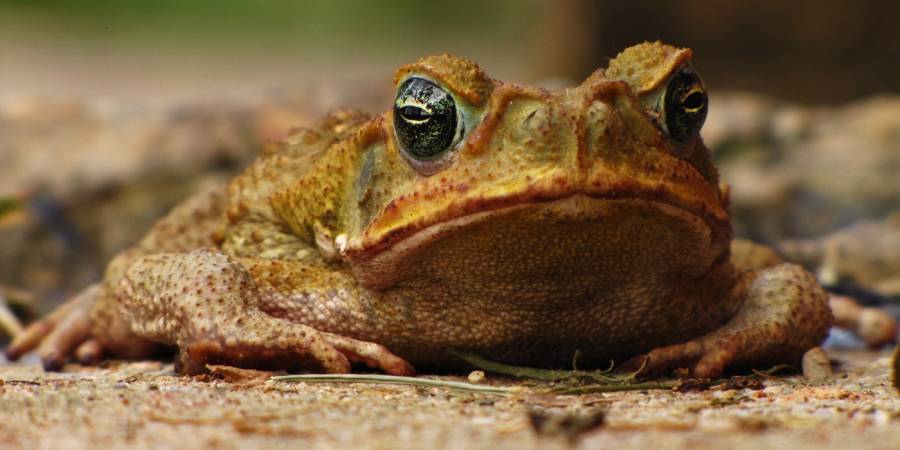
The cane toad’s skin can be toxic to pets.
Cane toads were originally introduced to American sugar fields in the 1930s to deal with pests. In a twist you’ve probably guessed by now, they became pests themselves.
When insects weren’t enough to satisfy this giant toad’s massive appetite, it turned against native species, gobbling up anything it could fit in its big mouth. If that weren’t enough, its skin is lined with poisonous sacs, meaning any predators or wayward pets that try to eat them will die within minutes.
Asian Carp

It isn’t uncommon for fisherman to be struck by this invasive species when they breach the water.
In another case of human-engineered biological solutions gone awry, the Asian carp was originally introduced to American waters as a means to keep them clean and free from parasites and weeds. From there, it was only a matter of time until this invasive species overtook the Mississippi River, consuming the resources that once allowed our native fish species to flourish.
Asian carp are even able to leap over low dams in order to lay their hundreds of thousands of eggs in previously unpopulated sections of water. Using connecting waterways, it’s suspected that these fish will come to affect as many as 31 states.
Feral Hog
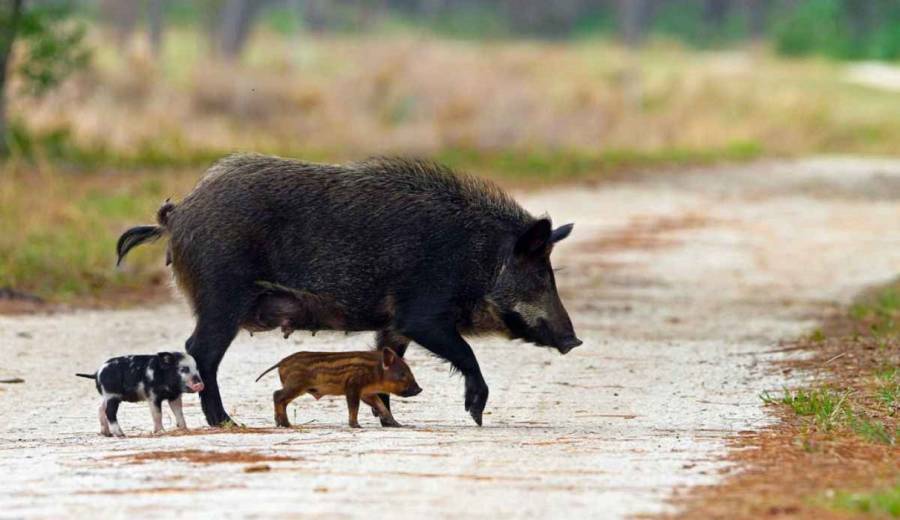
Over 400,000 feral pigs reside within Louisiana alone. Image Source: Popular Science
Farmers frequently find themselves suffering at the claws and hooves of invasive species. Feral hogs, whether they’re escaped livestock or imported game for hunters, frequently prove themselves to be especially ruinous and dangerous.
Besides having a foul temper and a tendency to attack humans, these sometimes massive (as much as 1,000 pounds) wild pigs are known to root through plots of farm land, costing up to $1.5 billion annually. While farmers and hunters are free to trap and shoot them, these animals reproduce far faster than they can be killed.





